HD 149026 b is an exoplanet in the Hercules constellation that orbits the star HD 149026. It was discovered in 2005 by Bunei Sato’s team using the radial velocity method with observations from the Subaru Telescope and the Keck Observatory.
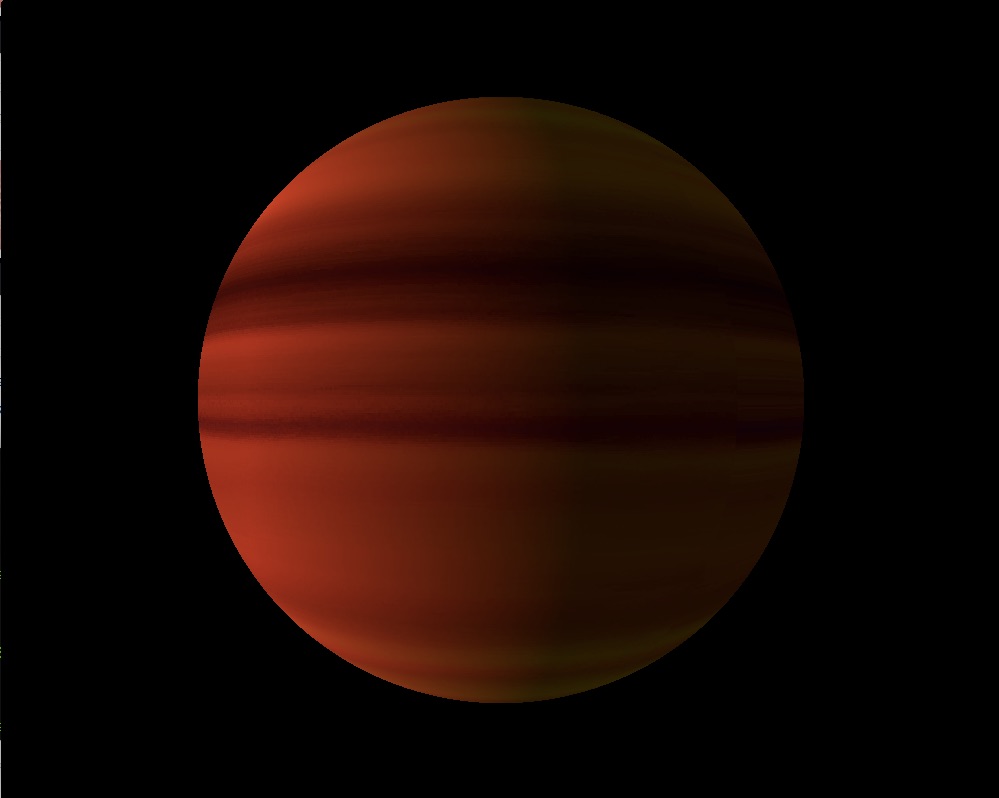
(Imaginary Picture of HD149026b, credit Yosuke Yamashiki, Ryusuke Kuroki & Netsuki Hosono)
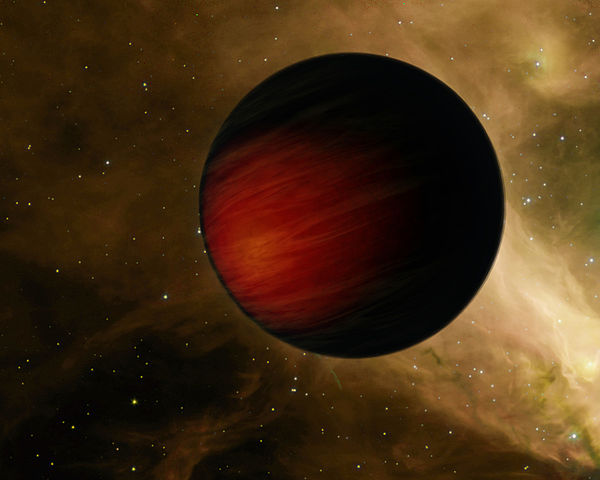
(Credit:NASA/JPL-Caltech)
HD 149026 b transits its host star, which allowed researchers to measure its observed radius. Its mass was found to be 0.36 that of Jupiter and its radius is 0.75 that of Jupiter, making it quite dense for its size (1.6 g/cm3; more than twice as dense as Saturn). Therefore, it is presumed to be a hot gas giant with a massive central core that has 67 times the mass of Earth.
In fact, it is difficult to believe that a gas giant with such a large central core would be possible under the general planet formation theory. This is because when a celestial body grows to be about ten times the size of Earth during planet formation, it is thought to capture the gas from the surrounding protoplanetary disk using its gravitational force, and quickly grow into a gas planet. Once it develops into a gas planet, it would unlikely be able to capture large amounts of solid material inside it, so how it was able to form such a massive central core before it became a gas giant is a great mystery. The question about how HD 149026 b was formed is still being actively debated.
In 2015, the International Astronomical Union asked the public to vote on names for some exoplanet systems. As a result of this vote, the host star, HD 149026, will be called “Ogma” and the planet HD 149026 b will be called “Smertrios.”
(Written by Sasaki Takanori)
(Translated by Cassandra Ling)
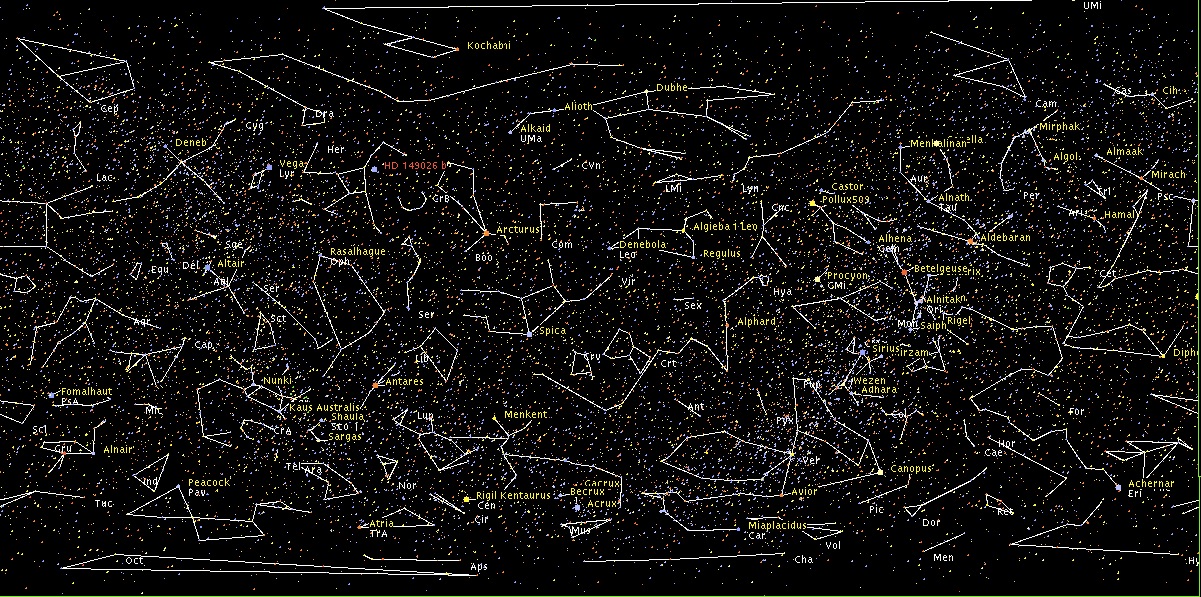
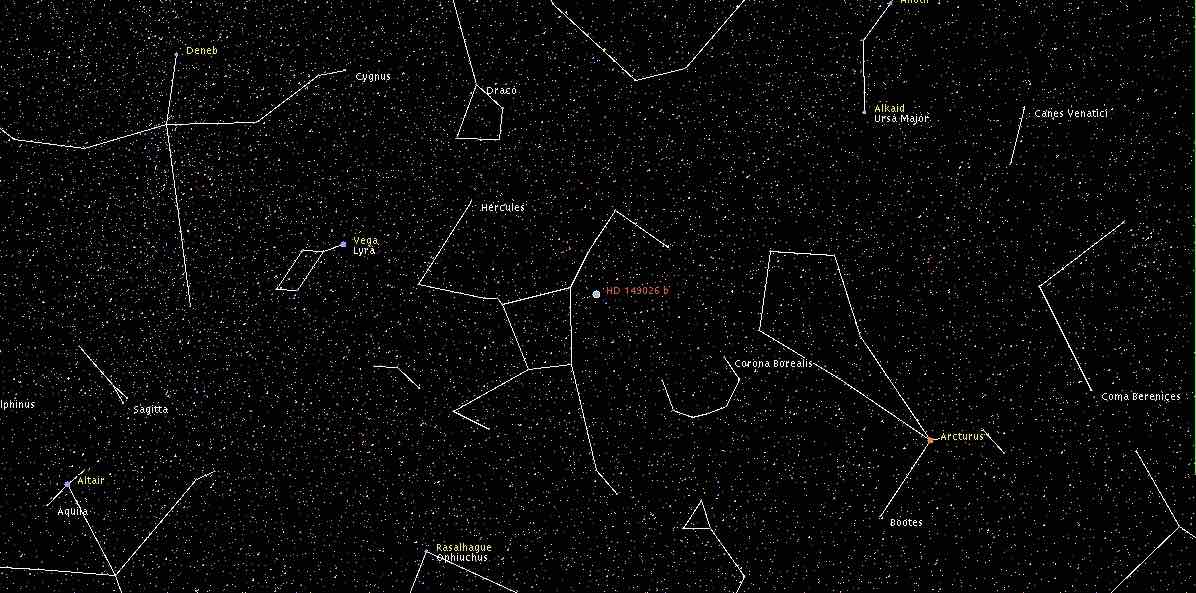
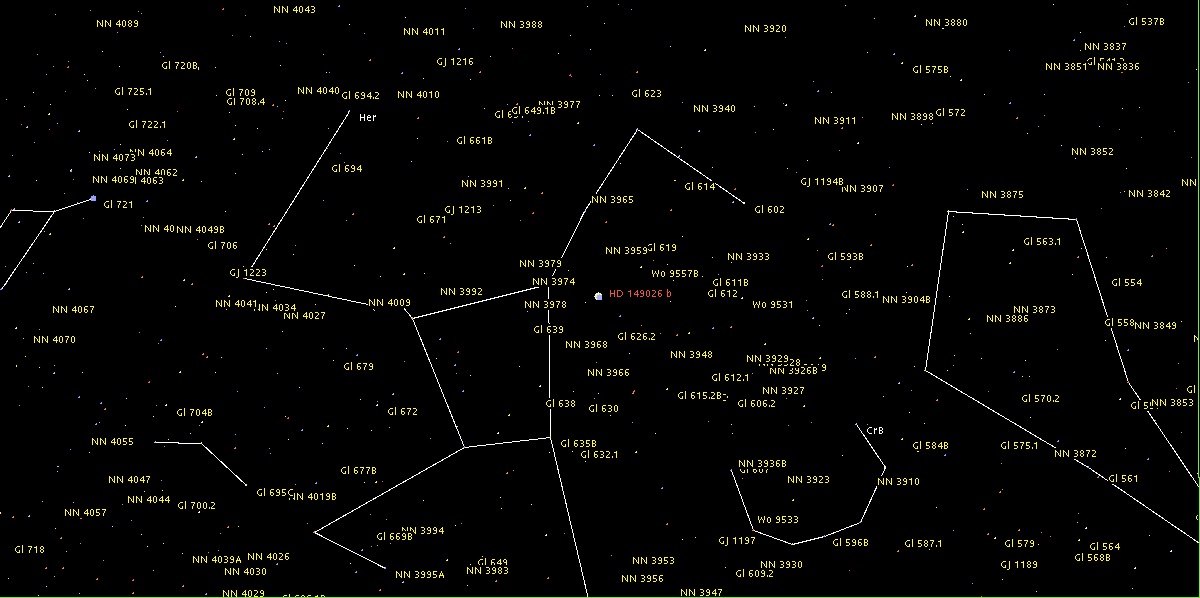
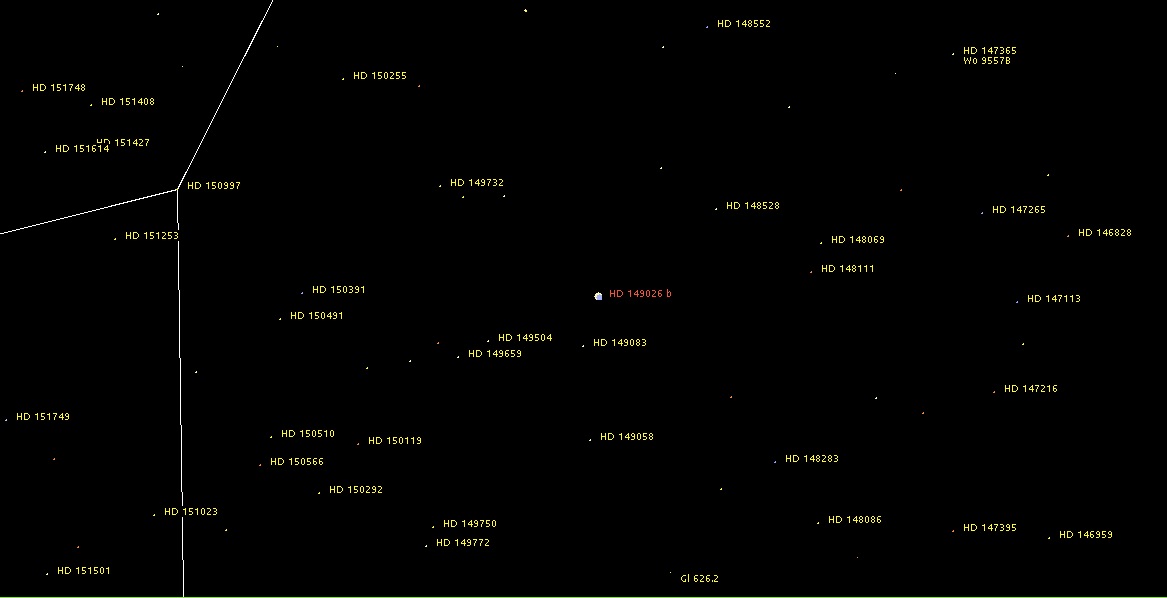
(HD149026 using ExoKyoto’s Stellar Window)
For more information about HD 149026 b, please visit:
http://www.exoplanetkyoto.org/exohtml/HD_149026_b.html


